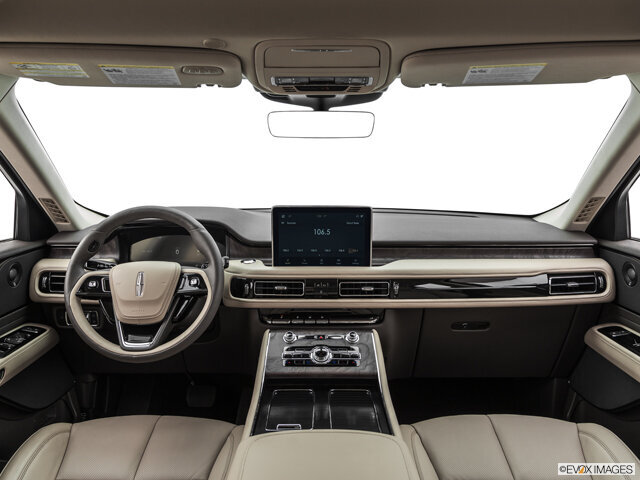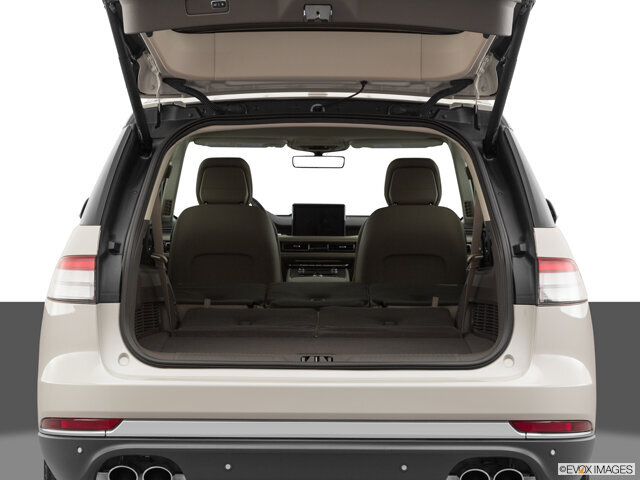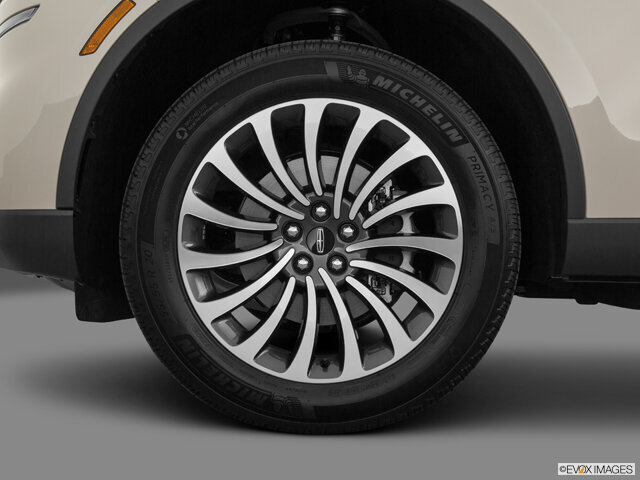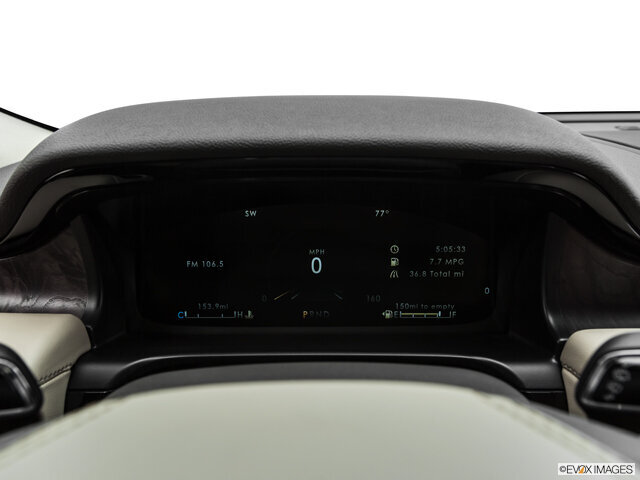Throughout the past year, more businesses have been moving to a hybrid or fully online commercial model to keep up with ecommerce demand. Since the pandemic has severely limited options for brick-and-mortar businesses, online stores have taken off like never before. The automotive sales market is no different, and this commercial sphere has been completely reshaped by the COVID-19 takeover.
Leading auto brands have developed online models to maintain optimal sales metrics, increase demand, and reach target consumers. This means that dealerships are providing services from financing to vehicle delivery with just the click of a mouse.
Whether you’re in the market for a new vehicle or looking to sell, see how COVID is reshaping car shopping and what it means for your dealership.
Dealers Respond to Lagging Sales
While sales across a multitude of markets has slowed in the past year, that doesn’t mean that revenue came to a complete halt. The vehicle sales industry responded in kind by creating a solution for this widespread problem. Online car sales open the market to more consumers than ever before, while simplifying the process significantly for shoppers and merchants alike.
More than 71% of shoppers who plan to buy a car this year are starting their research process online. This is a significant uptick from previous years, despite the average growth of mobile connectivity and internet use across the board.
Additionally, immediate need for private transportation amid the growing pandemic has driven nearly a third of auto consumers to buy in 2020. This metric has kept the market running steadily, despite the economic downturn that simultaneously plagued the nation.
For those who weren’t planning to buy before the pandemic hit, impulse shopping has added to a significant amount of automotive revenue across multiple demographics. At least 30% of shoppers made the purchase online to secure a fun and safe way to escape the bounds of the pandemic. Afterall, road trips are the most pandemic-friendly form of travel in a world of social distancing and access regulations.
All of these unique factors have contributed to the global growth of the online auto sales sphere, and these are the primary reasons why the market as a whole was able to stay afloat.

Limited Onsite Selection Drives Online Buyers
One of the hindrances experienced by consumers during the pandemic was a limited selection of in-stock inventory. Car lots across the country experienced limitations in their hours, as well as storage and operational space amid consistent drops in business revenue. As a result, there are fewer options for buyers who want to leave the lot with their vehicle of choice.
Online car shopping opened up the market to small dealers who operate on an order-based system, as well as consumers who want to order the exact specifications they’re looking for. From color to in-cab features to horsepower, online shopping gives dealerships more flexibility to provide a higher level of control and customizability to their consumers.
Fortunately, online car buyers have responded to this shortage with a higher level of flexibility and open mindedness. Consumers are more likely to compromise on their specifications, despite using online services to order the car they’re looking for. That means that those who continue to shop with smaller, local dealerships are more likely to settle on features that are slightly off target for their initial plans.
In a recent study, more than 62% of participants considered more than one brand during their vehicle search. Additionally, 42% of shoppers are considering multiple vehicle types in their search process. This gives dealers more leeway and creativity when it comes to marketing, advertising, and providing information about the vehicles in their respective fleets.
Ecommerce Expands Consumer Base and Audience Targeting
In general, the pandemic has changed the way consumers shop for virtually everything they need in their daily lives. Ecommerce, in general, is creating a DIY shopping culture that puts consumers in the driver’s seat.
The ecommerce automotive market is expected to reach a value of more than $144Mil by the year 2027. This is largely due to the shift in consumer behavior, which favors a higher level of user-based autonomy and control over what and how they’re purchasing.
The growth that this industry saw over the pandemic is expected to continue over the next decade, and this expansion can be credited to:
- Increased partnerships between brick-and-mortar stores and ecommerce platforms
- Expansion across a wider consumer base, including multiple demographics
- Creative marketing and advertising solutions
- Immersive media and at-home testing features
- Commitment-free home shipping and remote purchasing
Effectively managing an online brand in the automotive industry requires airtight audience targeting and effective segmentation to reach the most people with the best ROI. Auto brands have taken to social media platforms, while also utilizing SEO strategy, to cast a wider net online.
Popular online marketing methods for automotive brands have grown to include:
- Use of shopper data and cookies for ad targeting
- Video content and immersive media
- AR/VR apps to “try before you buy”
- Evaluation of consumers’ online behaviors
- Connecting with potential customers using social media and organic traffic
Many brands rely on targeted online automotive advertising, using prospective customer data, to ensure that the right people are seeing their advertisements, discounts, and product offerings. This means that leading automotive retailers are optimizing their apps and websites to be more user friendly, and more applicable to those they are trying to reach.

Increase in Demand for Fast Financing
Since the pandemic has put many Americans in a financial bind over the course of 2020, the increased demand for fast, easy financing is also driving the automotive ecommerce sphere. For those who want to hit the road now and don’t have the funds, online financing has bridged the gap and created a way for consumers to keep spending during a widespread economic downturn.
This growth has also affected the used car sales market, which grew significantly in 2020. This is partially due to the reduced supply, as well as an increased interest in private vehicle ownership among middle and lower-income consumers.
As a result, many auto brands have been promoting instant financing calculators as well as pre-approved loans to simplify the process for online shoppers. The added ease of use helped to drive applicants for car loans, in addition to interest-free offers that appeal to consumers with less cash on hand.
By reducing the cost of the car overtime, both through sticker price reductions and interest offers, more shoppers were able to secure the money they needed to make these large purchases in 2020.

Digital Retail Grows as a Worldwide Industry
Throughout multiple corners of the global commercial market, ecommerce has started to take over in a major way. In fact, many experts expect this trend to continue even as the pandmeic comes to an end.
In 2019, about 1.92 billion people purchased some form of goods or services online. In 2020, that number grew to 7.8 billion shoppers worldwide. This increase is due to a wide range of factors, including:
- Accessibility from home
- Consumer dependence on mobile apps
- Ecommerce demand following store closures
- Interest in customized shopping experiences
- Immersive media in commercial settings
Online shopping as a whole is growing so quickly that many spheres are struggling to keep up with demand. However, the automotive industry is leading the way when it comes to technological solutions and customer accessibility as a whole.
Following the effects caused by the pandemic, consumers have become used to the convenience and speed of online shopping. More dealerships provided shipping and easy return options to boost sales during lockdown, causing a shift in the industry that has changed the way consumers go through the entire car buying process.
Instead of taking their light internet research to collect quotes and negotiate with dealers onsite, customers are now expecting full-service options entirely online. From start to finish, more than 25% of car buyers conducted the entire transaction online from their desktop or mobile device.
While consumers at large are still wary of fully online auto purchases, that trend is changing quickly with 92% of consumers handling some part of the process online. As more and more dealers offer online availability and instant financing options, that corner of the market is sure to see significant growth in the coming years.
From AR/VR showrooms to fast financing calculators, the car shopping world is changing the way consumers and dealerships interact in the current digital age. What started as a way to cope with social distancing regulations has completely reshaped car shopping as we know it.
Leading car retailers and auto resellers have taken to the web in order to provide high-level customer service at affordable prices for an expanded target consumer base. These are just a few of the ways how COVID is reshaping car shopping, what that means for your dealership in the growing ecommerce marketplace.

